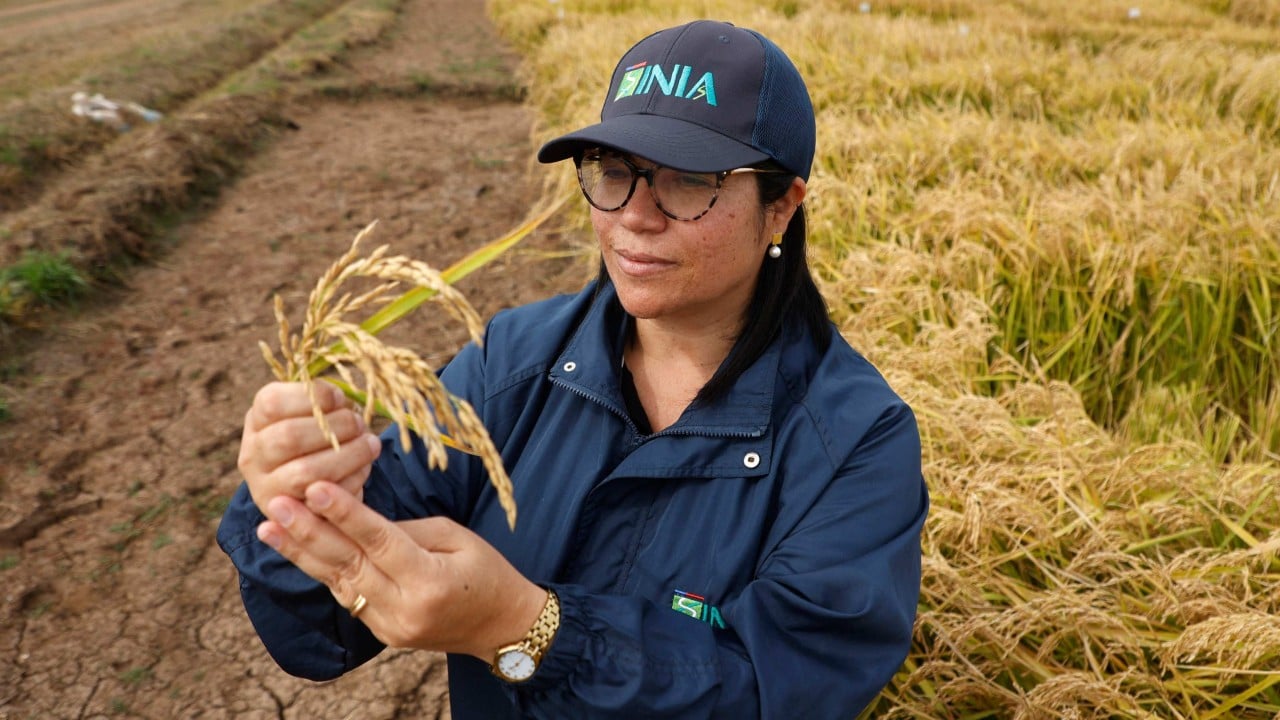A cold, dry part of Chile might not sound like the best place to grow rice, a famously thirsty grain that thrives in tropical conditions.
Advertisement
However, a new strain of the world’s favourite cereal developed by scientists in the drought-plagued South American country has generated hope that rice can be grown in seemingly inhospitable conditions.
Using an innovative planting technique, Javier Munoz has been trying out the “Jaspe” strain created by experts at the Agricultural Research Institute’s (INIA) rice breeding programme. The INIA is part of the Chilean Ministry of Agriculture.
It is one of several research efforts worldwide to come up with less resource-hungry crops at a time of increased water scarcity in parts of the world because of global warming.


Using Jaspe in combination with a growing method that requires only intermittent watering cuts the Munoz family’s water consumption in half in a country that has for generations cultivated rice in flooded fields, or paddies.

